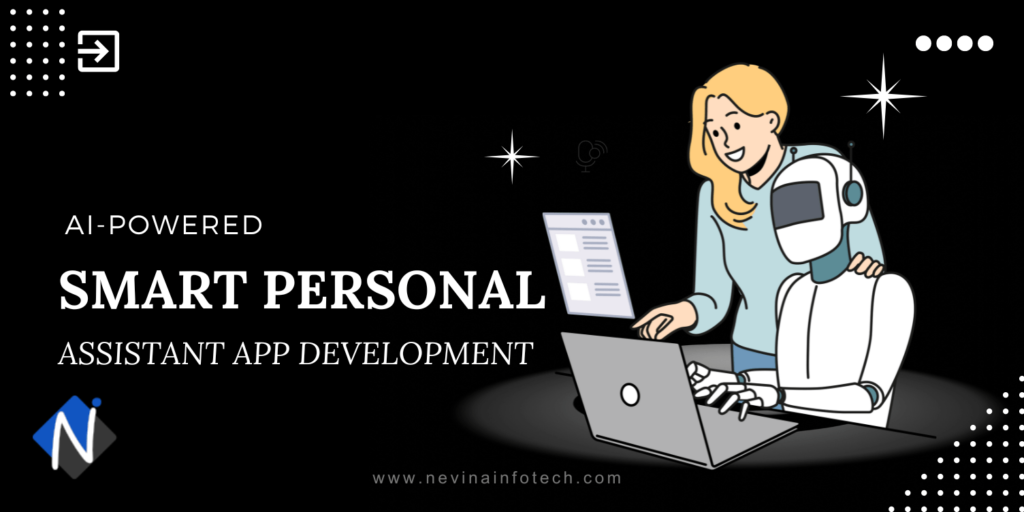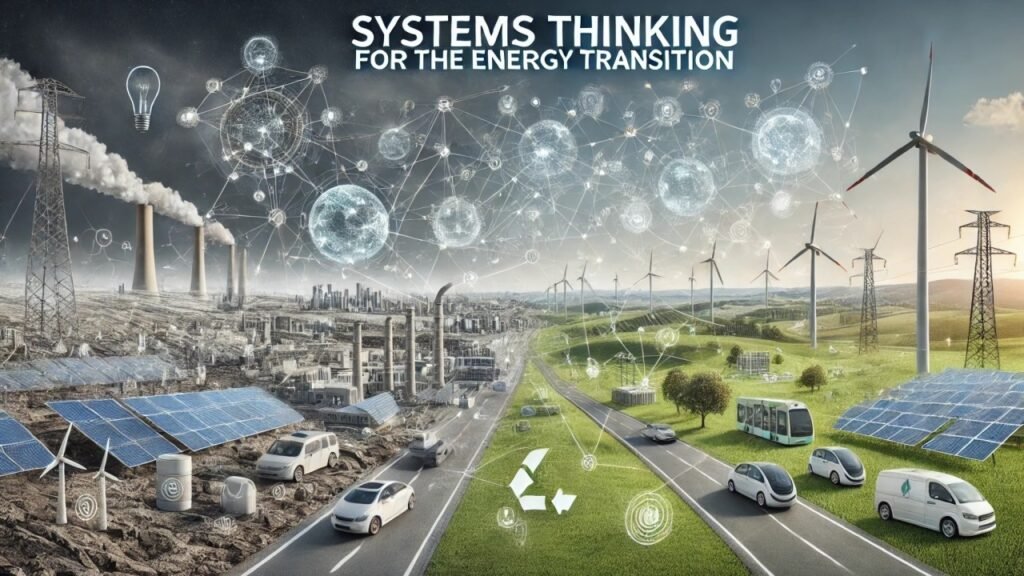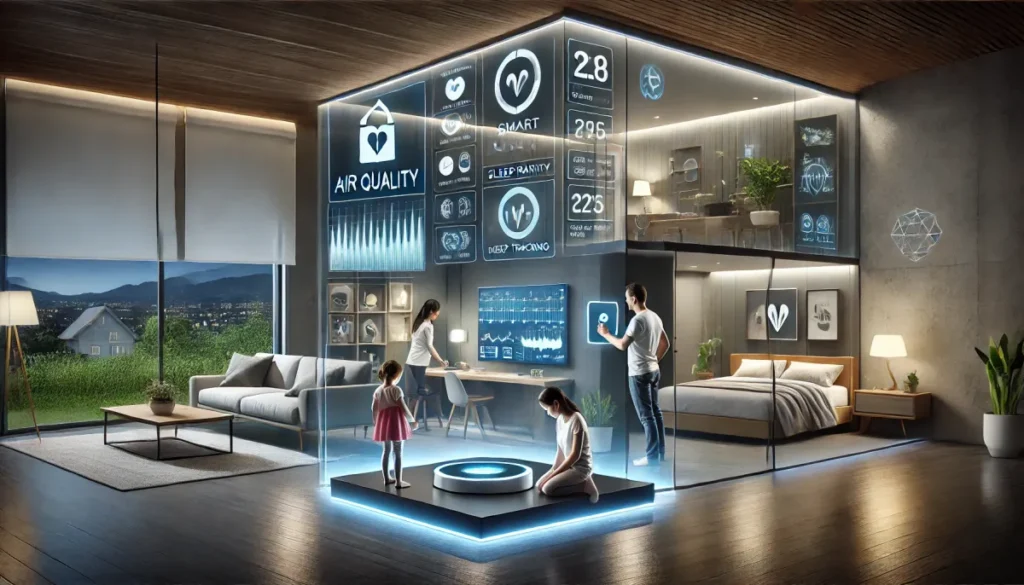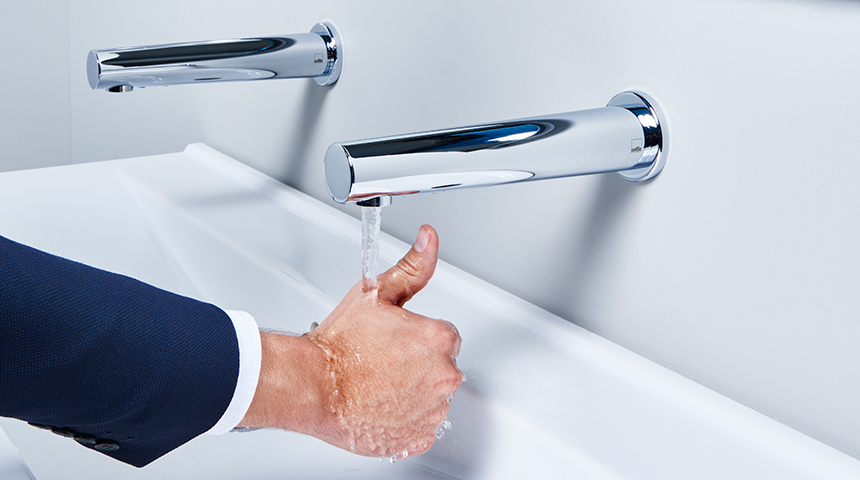The American home of 2035 will be smarter, more efficient, and impressively intuitive. As artificial intelligence continues to advance and sustainable technology becomes mainstream, the once-futuristic concept of a “smart home” will become the norm. From interactive kitchen surfaces to AI-controlled climate systems, homes in 2035 won’t just respond to our needs—they’ll anticipate them.
Here’s a look at the groundbreaking tech expected to be standard in the average U.S. household over the next decade, offering both comfort and cutting-edge convenience.
Brilliant Smart Tech That Will Transform U.S. Homes by 2035
AI-Powered Home Assistants That Know You Personally
Forget about simply asking your smart speaker for the weather. By 2035, AI home assistants will be deeply integrated into daily life. These assistants won’t just respond—they’ll adapt to your routines, moods, and preferences. Imagine waking up to a soft light, your favorite playlist, and a freshly brewed coffee—all automatically adjusted to how you slept the night before.
With advancements in machine learning, these virtual assistants will manage everything from calendar coordination to emotional well-being. They’ll offer reminders, monitor health vitals, and suggest meals based on dietary needs. Homes will truly start to feel like personal concierges.

Ultra-Smart Kitchens That Cook and Clean Themselves
Kitchen tech will evolve beyond smart fridges and Wi-Fi-enabled ovens. By 2035, expect fully integrated systems that can plan your meals, track inventory, suggest recipes, and even cook for you. Smart countertops will have touch-sensitive interfaces that display nutrition facts, timers, or even video tutorials directly under your hands.
Robotic arms for cooking and cleaning are already in testing stages, and by the next decade, they’ll be compact and affordable enough for mainstream homes. From dishwashing robots to auto-sorting recycling systems, kitchens will become hubs of convenience and sustainability.
Visit Samsung’s kitchen innovations
Climate and Energy Systems That Think for You
Climate control in 2035 homes will be fully automated, learning your preferred temperature patterns and adjusting in real-time based on weather, occupancy, and time of day. Smart thermostats will integrate with AI systems to create zones within your house, optimizing comfort and energy use.
Many homes will also operate partially or entirely off-grid using solar panels, wind turbines, and home battery storage. Expect entire HVAC systems that communicate with each other—shades adjusting with sunlight, windows opening automatically to cool the home, and insulation systems that react to outside temperatures.
Check Tesla’s home energy products

Virtual Reality Entertainment Rooms
Entertainment will take a leap beyond 4K screens and surround sound. U.S. homes in 2035 will feature VR-integrated entertainment rooms, where users can step into immersive experiences—from watching movies as if you’re in the scene to playing games in a fully 360-degree virtual environment.
These rooms will be fitted with motion sensors, responsive lighting, and scent generators to create fully immersive environments. VR will also play a role in social interaction, allowing families to “travel” or attend events together from the comfort of their living rooms.
Health and Wellness Tech Built Into Every Room
The homes of 2035 will care for your health in subtle, powerful ways. Expect smart mirrors that scan your face for signs of fatigue, illness, or vitamin deficiencies. Bathroom floors might analyze foot pressure and heart rate, alerting you to early signs of health issues.
Fitness will be gamified at home with smart workout systems like mirror-based training screens, AI-driven yoga instructors, and rooms equipped with sensors to correct your posture in real-time. Even the air and water quality will be monitored automatically, ensuring every element in your home contributes to your well-being.

Hyperconnected Security and Surveillance
Security in the future won’t just be about cameras. Facial recognition, retina scanners, and AI threat detection will guard your home 24/7. These systems will differentiate between a familiar face and a stranger within seconds, triggering alerts or even lockdown protocols.
Moreover, drones may assist in exterior surveillance, patrolling the perimeter of properties autonomously. With smart locks, geofencing, and mobile alerts, homeowners will have unprecedented control and peace of mind—whether they’re at home or halfway across the globe.
Learn about Ring security systems
Smart Furniture and Flexible Living Spaces
By 2035, furniture will no longer be static. Desks that rise automatically for standing, beds that adjust to sleep patterns, and couches that charge your devices will be standard. Smart glass walls will switch from transparent to opaque at the touch of a button, offering flexible use of space in smaller homes.
With more Americans working remotely or in hybrid environments, expect furniture that adapts to changing roles throughout the day—from workspace in the morning to entertainment area by night. Multi-functional design will meet cutting-edge technology to optimize every inch of living space.
Explore future-ready furniture
Touchless Everything
From voice-activated faucets to motion-sensing doors and gesture-controlled lighting, the future will be all about minimizing contact. These features will be particularly valued for hygiene, energy efficiency, and convenience.
Bathrooms will be equipped with bidets, self-cleaning surfaces, and UV sanitizers for everything from toothbrushes to towels. The simple act of touching a light switch or door handle might become outdated, replaced with gestures, eye movement, or voice commands.
See Kohler smart bathroom tech

Conclusion
The American home of 2035 won’t be defined just by luxury or style—it will be a blend of sustainability, intelligence, and seamless automation. Every corner will be tuned to individual needs, and every device will work in concert to create a lifestyle that’s healthier, more efficient, and more connected.
For those planning their future homes today, the future isn’t just near—it’s already knocking on the smart doorbell.
Also read : Top Secure Messaging Apps Americans Trust Most in 2025






